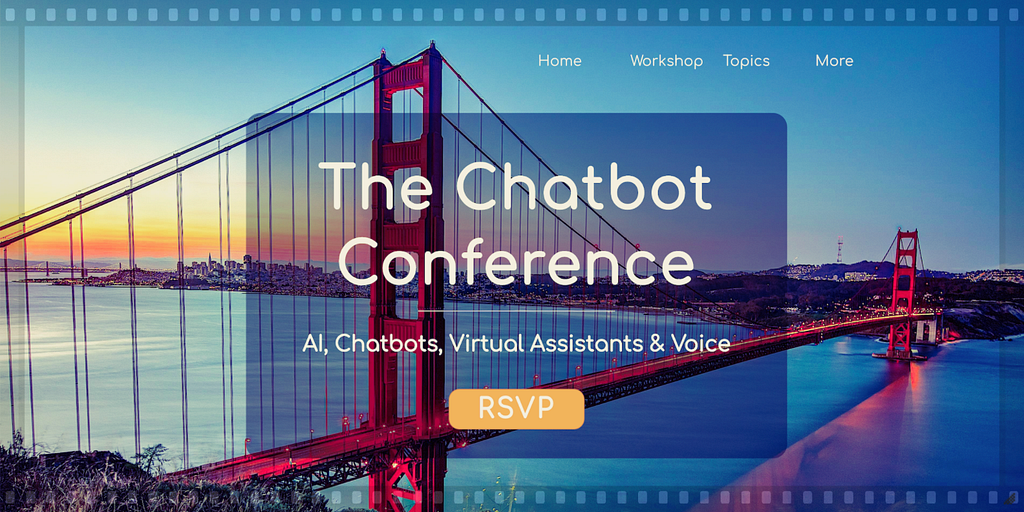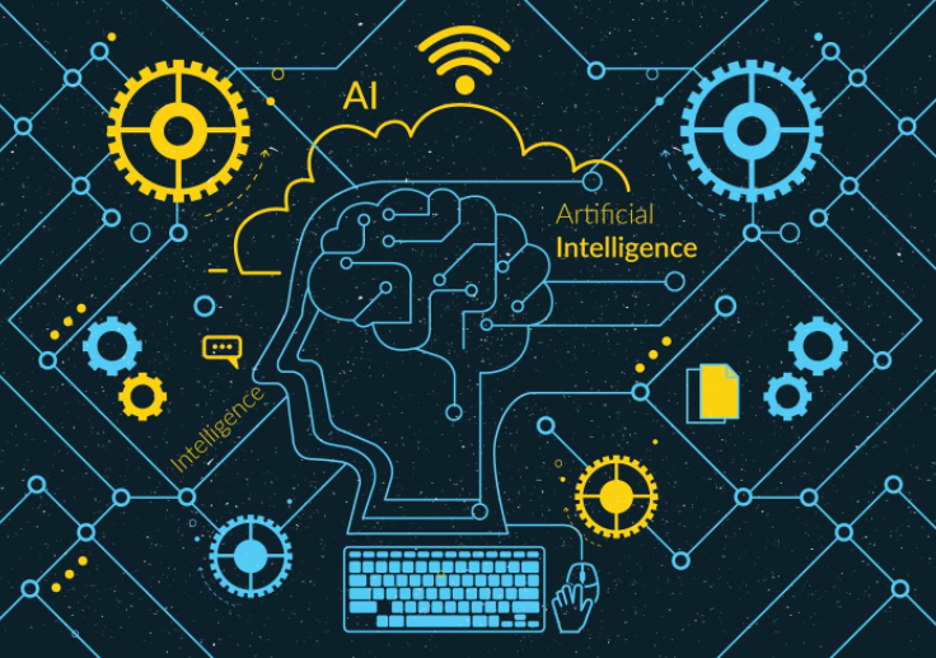
Artificial intelligence (AI) is not new in our world. It has been around since the 1960s. AI is a broad term that refers to computers that perform tasks that require human intelligence. Never before in the history of AI have, we see a surge in its usage as we see in recent times.
The unprecedented surge is currently changing human’s personal and professional lives. With the help of AI, people perform tasks with little effort while corporate businesses leverage AI to complete several complex tasks faster and do more in a short time.
Recent developments in AI include the invention of Robotic Process Automation (RPA), which is the technology that enables people to configure a robot or computer software to imitate and integrate the activities of a human interacting within digital systems to carry out a business process.
RPA is as popular, and it is gradually taking the center stage, especially with the surge in its adaption among corporate businesses.
With AI and RPA, business organizations can quickly transform their operational procedures, achieve better results, scale their business and attain full automation. However, both technologies require rare technical skills — a growing concern for corporate businesses around the world. There is an increasing need for tech professionals who can successfully leverage them.

The Problem of Intelligence
Unlike AI robots which have several physical shapes and structures depending on the task, it is built to perform, RPA is a bot or software that helps you automate regular repetitive tasks and processes that improve itself over a period of usage. As a result, you’ll eliminate potential human errors, reduces turnaround time, and ultimately improve productivity and efficiency.
Today, RPA is taking the spotlight in the tech world because it gives back a reasonably high return on investment. With RPA, you’ll have bots that will carry out several tasks that would require expensive human labor. They also help prevent a drop-in efficiency that tends to occur due to exhaustion or weariness, which is a common disadvantage of human labor. The bots are virtual assistants that carry out repetitive assignments without human intervention.
These bots can complete tasks according to a set of rules defined by an RPA.
They can improve efficiency in various fields like:
- Customer service
- Human resources
- Healthcare
- Finance
- Data entry
- Supply chain management and many more.
However, RPA has a couple of setbacks, scaling up the technology and high hand-holding during the initial rollout.
Trending Bot Articles:
4. How intelligent and automated conversational systems are driving B2C revenue and growth.
The biggest concern for users — is on scaling up the technology. Companies using this product are forced to purchase multiple bots to perform various tasks. This problem stems from the fact that RPA on its own is not intelligent. An RPA software can only handle limited tasks as its programming allows it to work on structured data only. That means, for every task, the new software will be developed and programmed to help the RPA process the task. Also, there has to be human interaction along the line.
Imagine a fraud detection unit that needed to automate its systems. Without automation, the process would start with an agent doing his analysis and speaking with the clients. At the wrap-up phase, the agent will fill special forms and send emails to the right department regarding his decisions. AI RPA can bridge the gap in a manual intervention during the wrap-up phase, which is tiring, repetitive, and time-consuming.
AI comes in as a technology to bridge the gaps and optimize the RPA’s function. This is because, unlike RPA, AI can execute both rule-based and non-rule-based tasks. By comparison, AI can also work with structured and non-structured data.
Combining both technologies helps your business to achieve what is referred to as Intelligent Automation. In this system, RPA works to automate repetitive tasks, while AI does the thinking job.
What are the advantages?
With these AI and RPA technologies working together for intelligent automation, there are no limits to what you can achieve. You can automate almost all office processes entirely from end to end. Here are some benefits organizations stand to gain from intelligent automation:

1. Speed:
With intelligent automation, you can optimize output by spending less time on menial tasks that are taking valuable time. Handling times will reduce by half, especially when you automate from end to end. Ultimately leading to better customer satisfaction and improved results.
2. Accuracy:
With intelligent automation, there would be fewer errors and more accuracy. That is because the process reduces human interference to the barest minimum. Also, the AI complements the RPA system and removes the possibilities of mistakes in rules application. Hence, data is more accurate, and consequently, data-driven decisions are correct as well.
3. Continuity of Service
Humans always need a break to function optimally. Robots, on the other hand, can work all through the day, non-stop. With Intelligent automation, you can replace humans with AI and have RPA handle the less intelligent parts of the process.
4. Greater Efficiency in processing
In terms of actual savings, intelligent automation has been proven to cut business process costs by anywhere from 25% to 40% on average
5. Control:
With intelligent automation, companies can ramp-up or ramp-down their capacity instantly. Interestingly, this is not as expensive as getting traditional models. With this, the company can adapt to demand fluctuations, so it doesn’t affect staff or customers in a short period of time.
Success Factors for Intelligent Automation
For a system with intelligent automation to succeed, the following must be in place:
· First, you need a goal and a strategy for the process. To come up with these, be sure to carry along all stakeholders in the firm.
· Consider the process that gives the best results. Remember, you are seeking speed and aiming to reduce cost in the long run. So, choose your options along that line.
· You need a team of highly skilled resources to bring your plans to reality.
You need to measure the success of the automation by checking the ROI of this intelligent automation.
The motive behind any business improvement purchase is to maximize profit which can be done either by increasing revenue or reducing running cost.
Revenue and costs, however, are not the only ways to check results. Each organization, depending on its goals, would have different metrics for measuring success. But then, for most companies, doing a pre-and post-automation evaluation usually does the trick.

Are There Risks and Challenges?
Intelligent automation offers endless possibilities and, at the same time, poses some challenges.
One of the most significant risks is the displacement of workers. With automation of any kind comes the loss of jobs for many people whose jobs can be handled by machines.
There is also a risk of exposing sensitive human data over the internet, data stored up could be stolen and used for unprofessional reasons.
Furthermore, among the challenge is the issue of capital. At present, it takes a lot of financial investments in automation. Starting from the design to implementation of automation can cost millions of dollars. Also, the system would require a higher level of maintenance than the regular RPA process.
The low number of skilled professionals in this area limits its reachability. The system, as of today, is still at the development and acceptance stage. Therefore, currently available solutions might not be fit for the needs of a specific area.
Conclusion
In the end, the benefits that come with Intelligent Automation outweigh its challenges by far. Also, some of these problems could even be solved in the long run as the AI system learns from data.
As a business owner, intelligent automation is the best way to scale up and take your business to the next level. You need not hold back on embracing this innovation. As far as you are sure your company can benefit from it, speak with experts, and start adopting it.
Don’t forget to give us your 👏 !




AI in Robotic Process Automation was originally published in Chatbots Life on Medium, where people are continuing the conversation by highlighting and responding to this story.